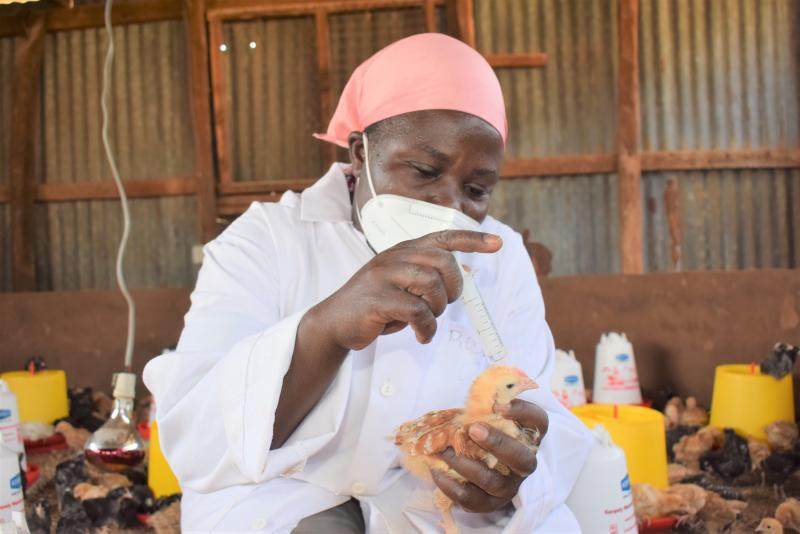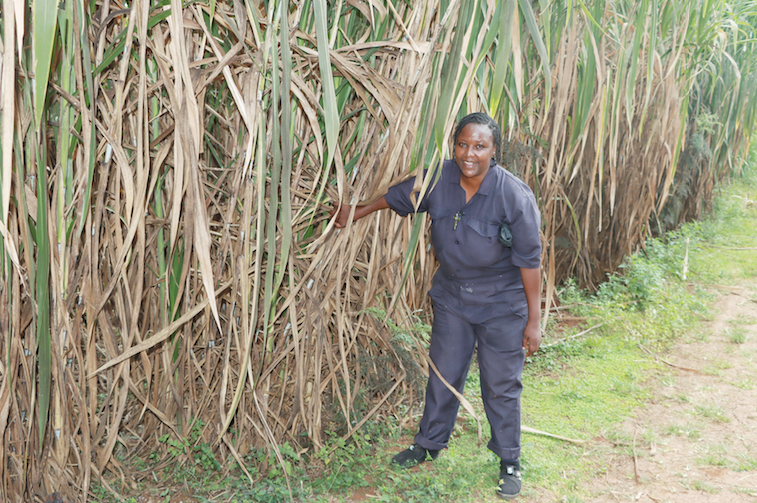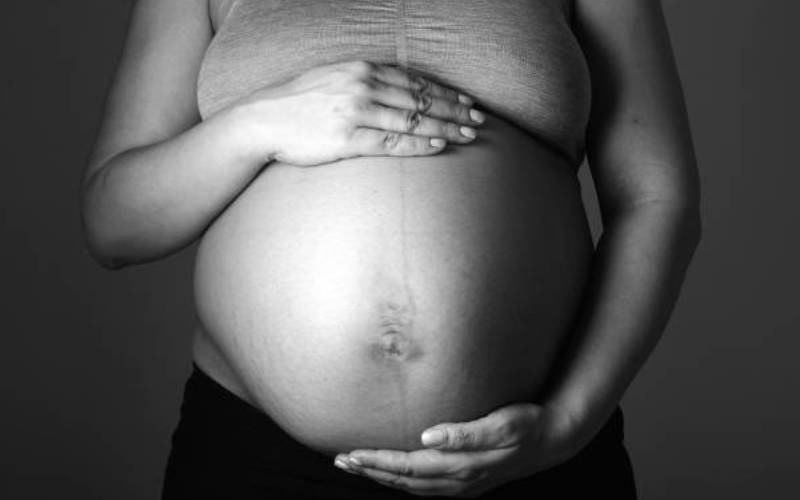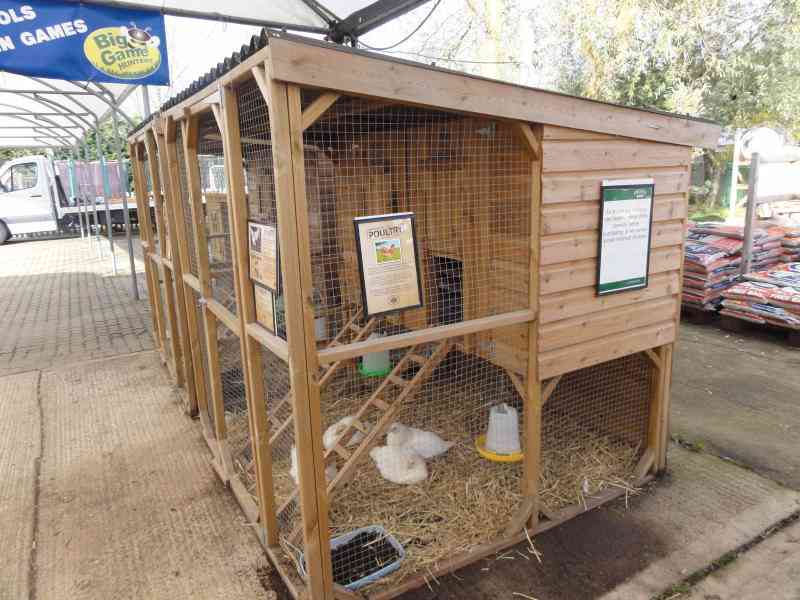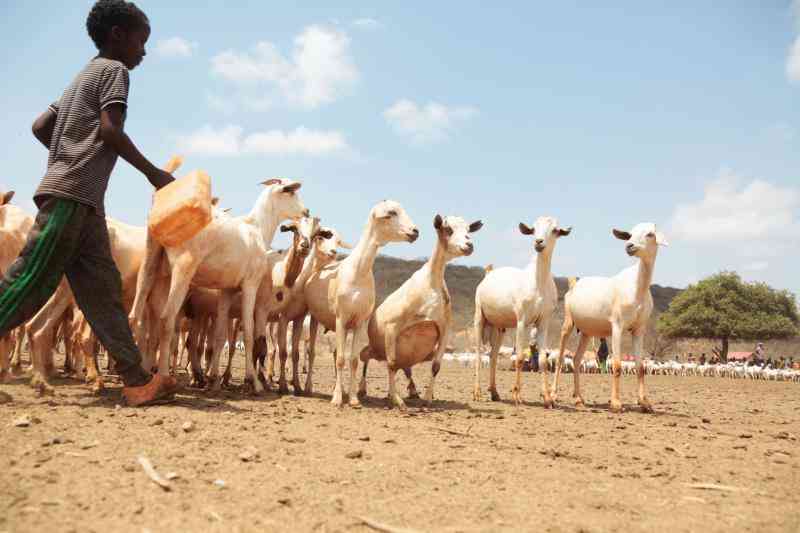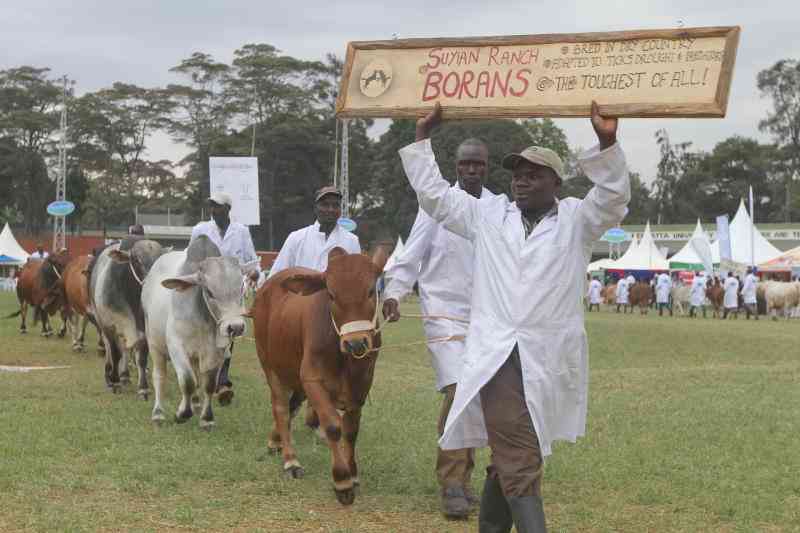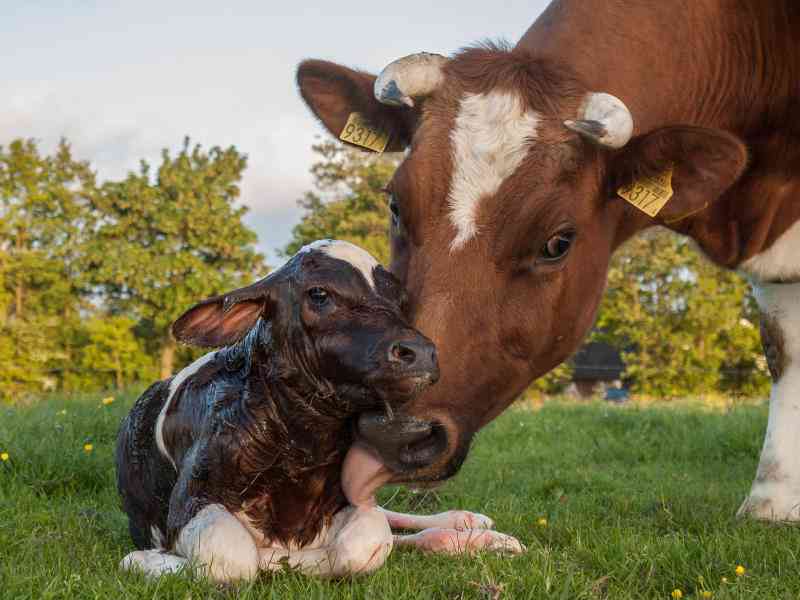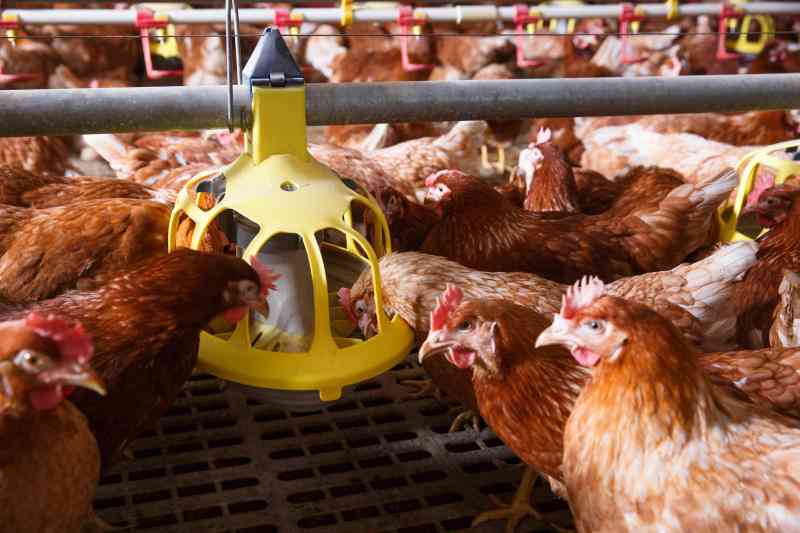
Farm chicken eating from an automatic feeder. [iStockphoto]
Gentle pecking of feathers where the recipient is calm and not reacting is a normal social behaviour of birds and should never worry anyone. But in situations where the pecking is more violent, and the victim sometimes responds by making squawking noise is a sign of things going wrong and that behaviour of aggressiveness need to be investigated. Any form of this behaviour, be it feather pecking or vent pecking is mostly associated with the following stressful conditions.
One, presence of external parasites like mites “Ghutu”. These ectoparasites are small, tiny organisms that live on other animals otherwise called the host feeding on their tissues or nutrients while patched on the outside skin or feathers.
In chickens these organisms include lice, ticks, bedbugs, mites, and fleas. Lice cause damage by chewing or biting the skin and feathers of chickens, and in the process cause irritation and discomfort to their victims. Just like lice, flea larval stages burrow into the skin of the host, causing painful irritation, hence pecking.
The most important control measure is through a foolproof cleaning and disinfection programme, that involves complete removal of old litter and disposal far away from the site. This is followed by a good wet cleaning using water and detergent that will remove most of the bugs.
Terminal disinfection with a potent disinfectant of glutaraldehyde and QAC can then be applied according to manufacturer’s recommendations. Numerous organophosphates such as Malathion compounds are available and can be used on the environment and on the birds. Some acaricides may be toxic for birds or may be traceable in the meat or eggs, so do not use them without consulting your vet.
Intestinal infections like coccidiosis and worm infestation can also increase incidences of vent pecking. Treat any signs of diarrhea especially those associated with bloody stool.
Birds are attracted to wounds and can rip off the entire intestines out. If you notice blood-stained eggshell condition in your egg store, it is likely due to damage of the cloaca, and this can happen due to vent pecking by other birds. Avoid early light stimulation, reduce light intensity and beak treat to reduce pecking injuries.
Poor ventilation especially in situations where it is extremely humid with ammonia smell can also cause stress to birds, solution is to hyperventilate the units and get rid of the foul smell.
Overcrowding, inadequate feeders, drinkers can cause stress and trigger aggressive behaviour in birds, provide enough space at 2sqfeet/bird and enough equipment. Excessively bright light can excite the birds into frenzy aggressive behaviour, dim your lights as much as possible. One can alternatively use shade netting as curtains or roof to floor canopy to control excessive sunrays.
For long term solution to this problem, pullets need their beaks trimmed. Beak treatment is defined as the physical removal of the top and bottom part of the beak of a bird. It is commonly practiced in commercial layer flocks to reduce damage caused by birds to each other later in life through pecking.
Birds generally like to gently peck feathers of their peers in a normal social fashion (pecking order) without causing any bodily injury or damage, however if this turns violent with cannibalism, bullying, feather, and vent pecking then beak treatment is preferred in the early life to decrease such injuries. If such birds are not treated, many deaths can occur rapidly to the levels of 25-30 per cent leading to huge financial losses to the farmer.
When is beak trimming done? Traditionally beak trimming has been done at different early ages of a bird’s life before they come into egg production. In highly intensive poultry production, this act is mostly performed at the hatcheries using an infrared beak treatment machine, while in less intensive operations it is done at two-three weeks of age and a second light touch-up is done just before point of lay at 14-16 weeks.
Farm beak-trimming requires use of the right electric powered de-beaker and a skilled professional. The top and lower mandibles must both be cut perpendicularly and uniformly, and the wound cauterised using a hot blade. However, this procedure at the farms is not recommended by animal welfare crusaders.
 The Standard Group Plc is a multi-media organization with investments in media platforms spanning newspaper print
operations, television, radio broadcasting, digital and online services. The Standard Group is recognized as a
leading multi-media house in Kenya with a key influence in matters of national and international interest.
The Standard Group Plc is a multi-media organization with investments in media platforms spanning newspaper print
operations, television, radio broadcasting, digital and online services. The Standard Group is recognized as a
leading multi-media house in Kenya with a key influence in matters of national and international interest.


